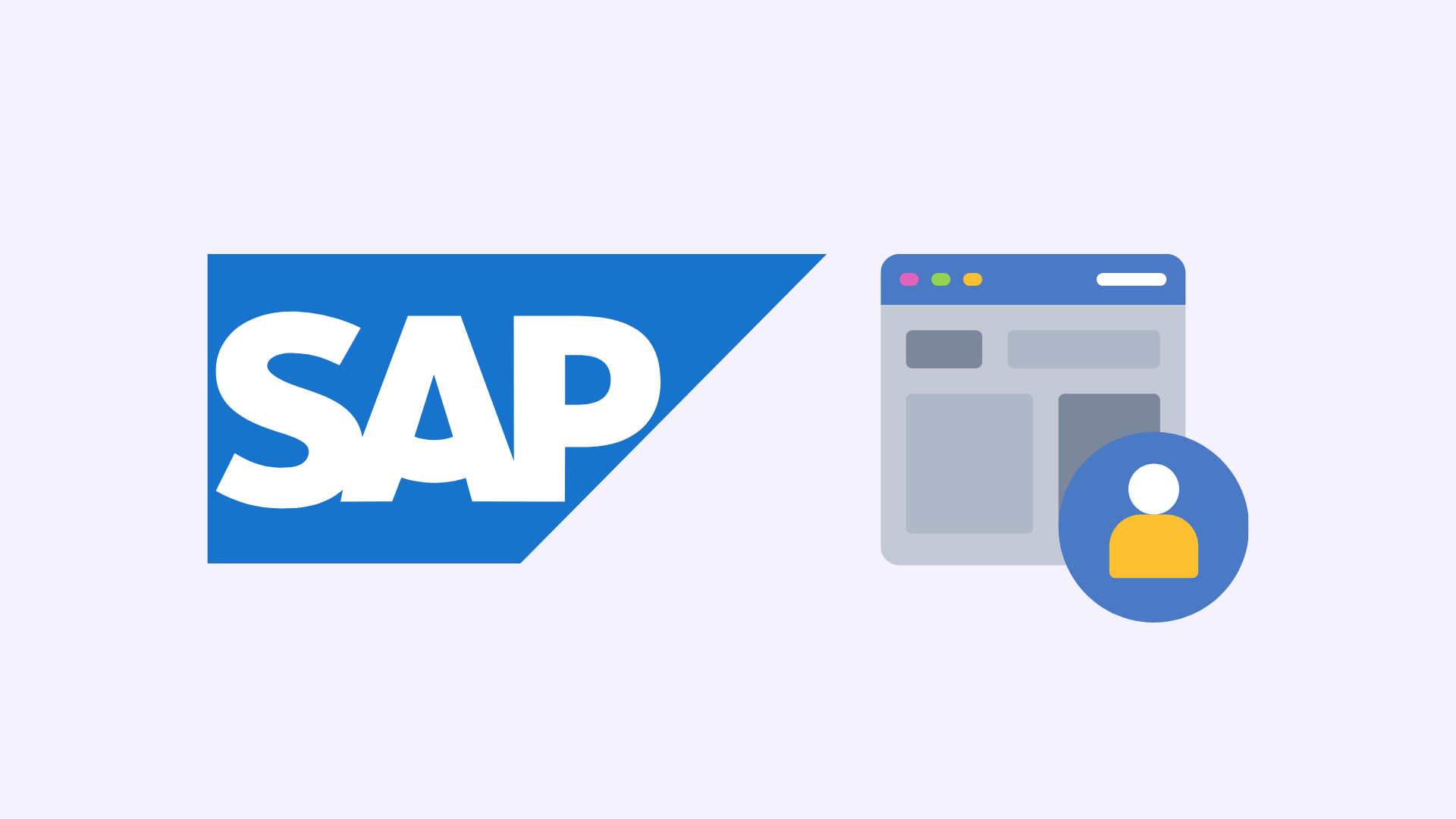Why in-person training is on its way out
What if trainings don’t actually train? Long used to train company employees, live, in-person training sessions are losing ground in favor of new...
Whether it’s HR leaders rolling out SAP SuccessFactors, managers measuring team performance, or end-users tackling self-service, new software means new hurdles for everyone.

Implemented correctly, a HRIS, HCM, or HRMS is a strategic and cost-saving investment that can streamline numerous HR functions. It can replace extra costly HR hires, facilitate accurate data entry for payroll and benefits, and be used to hire and onboard your workforce. Thanks to various integration options the possibilities are endless, but like any new software, implementation is a journey, not a destination!
Whether it’s HR leaders rolling out SAP SuccessFactors, managers measuring team performance, or end-users tackling self-service, new software means new hurdles for everyone. In this article, we’re going to break down some common and less considered challenges standing in the way of user adoption and how you should address them.
Successful implementation starts with leadership. Since Covid-19, HR professionals have come a long way, helping facilitate strategic digital transformation across the workforce. That includes moving away from legacy HR systems to new comprehensive tools such as SAP SuccessFactors. For HR, that means adopting entirely new software at record speed to fulfill the evolving needs of their workforce.
But contrary to common HR challenges, successful user adoption should begin with HR buy-in. Ensuring a top-down buy-in facilitates a trickle-down effect to end-users through advocacy, training, and communication to name a few. Today, CIOs view powerful HRIS software like SAP SuccessFactors as strategic attention and retention boosting tools that can help create revenue.
But only if leadership teams address the user challenges facing HR professionals (not an exclusive list):
Only once these issues are addressed can HR professionals facilitate the same outcome for managers and end-users.
Unlike other business software, a HRIS should be used by the entire organization, making it one of Management’s most effective tools to speed up administrative tasks. A HRIS can accelerate the time to measure team performance, absence requests, employee onboarding, and training in the LMS, to name a few.
But just like HR professionals, buy-in is essential. In most, if not all software implementation projects, Management is a key player in the continuous advocacy and communication of change. What can stand in the way of user adoption is a lack of empowerment from leadership. Juggling operational tasks, management, advocacy, and everything in between without recognition and satisfaction will create the perfect environment for misused software, inaccurate data, unsatisfied users, and ultimately negative ROI.
The final piece in the SAP SuccessFactors implementation puzzle is end-users. Any obstacles they face, risk derailing the entire implementation process and a further increase in costs (support, error mitigation).
Both the number one goal and obstacle for any HRIS end-user is full user autonomy. From a strategic point of view, HRIS self-service allows end-users, Management, HR, and leadership to focus on their primary operational tasks in the knowledge that administrative tasks can be handled quickly by the individual. Consider a 10,000-plus workforce, able to manage the input of their personal and professional information, whenever and wherever they are. It’s a simple yet necessary function that centralizes workforce information across a company.
Will SAP SuccessFactors improve the employee experience?
Will your end-users receive SAP SuccessFactors training?
Will end-users receive personalized or one-size-fits-all training?
Are there change management processes in place before deployment?
There are two major steps to success, standing between SAP SuccessFactors and user adoption.
Without change management, your investment into a HRIS or any other software can quickly fall into oblivion. As the name suggests, the first changes need to be human and drive change through transparency, communication, education, and feedback. But how? Facilitate HRIS user adoption using an employee-centric approach with change management processes.
A successful HRIS is user-friendly, accessible, and above all sustainable. But what does that mean concretely? Sustainable software can facilitate user adoption, long after implementation, onboarding, and training. From the beginning to the end of employment, your entire workforce will need to interact with a HRIS, at infrequent periods, wherever they are.
One of the best ways to guide your workforce to user adoption of any tool is sustainable user training that can stand the test of time. Your HRIS has a new module, update, or announcement? Reflect on the changes in your user training.
🍋 Lemon Learning tip: create personalized and customized HRIS training based on the user or department that can adapt over time
Leadership, HR, Management, and end-users, now your implementation puzzle is complete! SAP SuccessFactors should benefit every employee in your organization from the moment they arrive, and with a digital adoption platform, it’s possible.
The unique all-in-one software facilitates autonomous onboarding, training, and execution of tasks, whenever and wherever they are. A DAP embeds into any web-based application, deploying a library of interactive training guides directly inside your HRIS. The result? Autonomous user training and execution without any need for external resources or applications.
With a digital adoption platform, you can boost user adoption thanks to:
If you’d like to follow real-life HRIS examples, take a look at our case studies page or request a demo. Alternatively, if you have any questions, get in touch!
What if trainings don’t actually train? Long used to train company employees, live, in-person training sessions are losing ground in favor of new...
The challenge for companies today is managing their transition to the next generation of ERP systems as smoothly as possible. And that starts by...
Are you selecting a new CRM system? Implementing it across your organization? Training end-users for crm adoption?
Be the first to know about new B2B SaaS Marketing insights to build or refine your marketing function with the tools and knowledge of today’s industry.